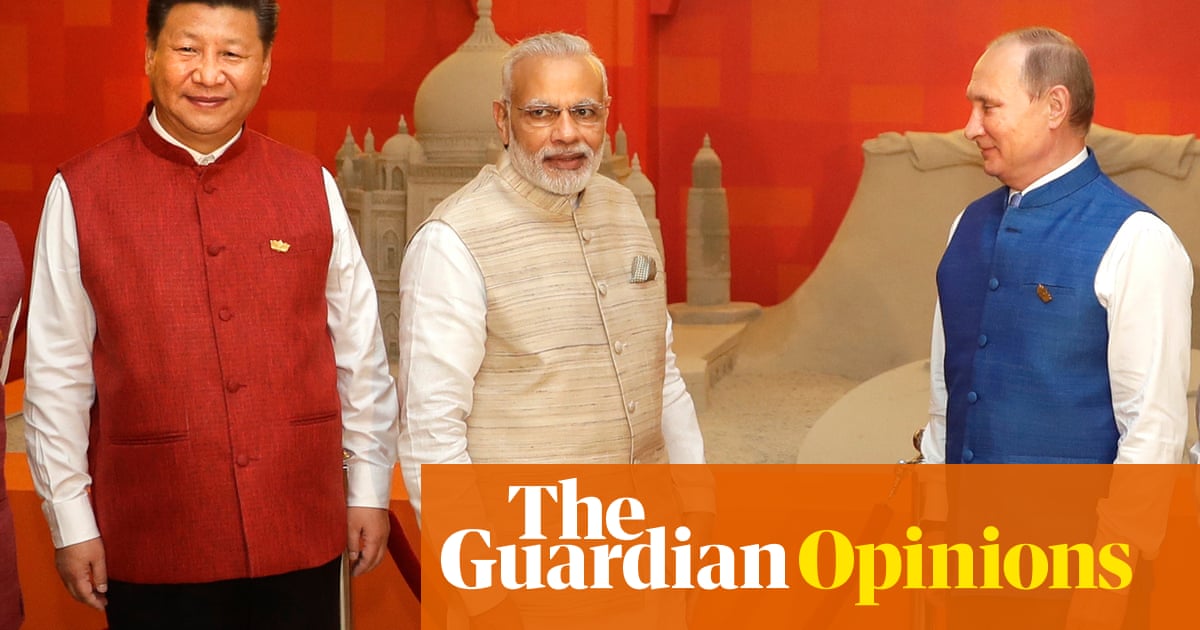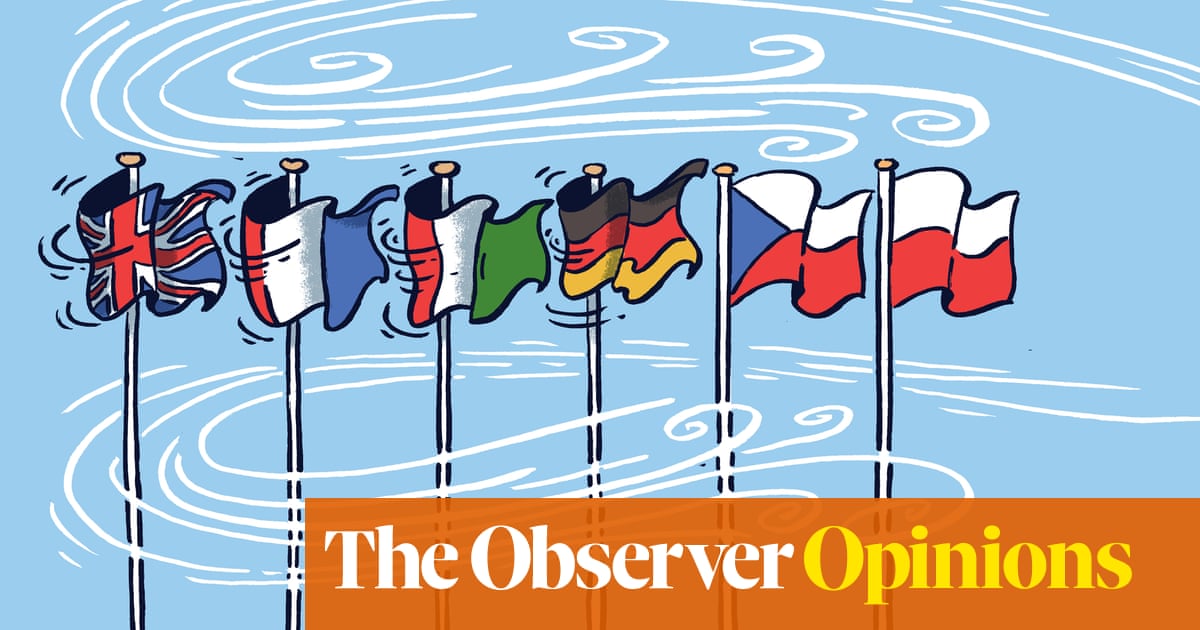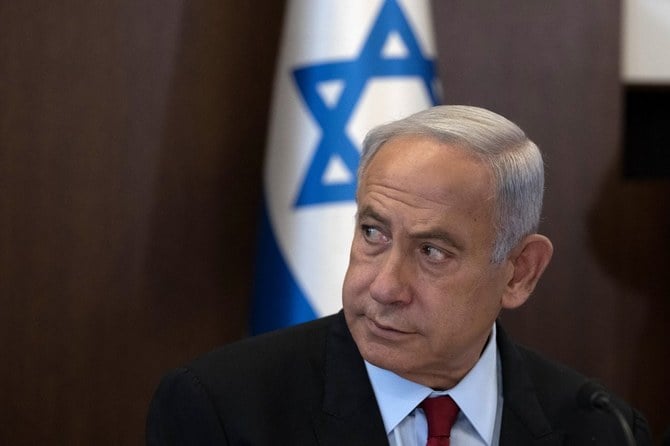
After 100 days of fighting, the outcome of the Ukraine conflict remains highly uncertain but what is becoming clearer are the ways in which it is significantly reshaping Europe, from north to south and west to east.
While the impact of the war has been felt by every country on the continent, there have been some key subregional trends. Take Northern Europe, for example, where the reverberations on defense and security have been particularly keenly felt.
This week, NATO Secretary-General Jens Stoltenberg will hold talks with Sweden and Finland, both of which have applied for membership in the military alliance, and also with Turkey, which has objected to their accession. His goal is to get both nations into the club as soon as possible.
Last Wednesday, meanwhile, Denmark voted overwhelmingly in a landmark referendum to scrap a three-decades-old opt-out clause that kept it from participating in the EU’s common defense policy despite its membership in NATO.
Important as this defense dynamic is in Northern Europe, however, the most important development might be in the east, where that subregion’s growing importance on the continent has been accelerated.
This is not only because the nations there have been the hardest hit by the effects of Russia’s invasion in a number of ways, including the wave of refugees fleeing Ukraine. More broadly, the conflict has accentuated a process that was already underway in which political influence in Europe is creeping eastward.
To be sure, France and Germany remain the EU’s most influential countries in the still dominant west of the continent. However, things are changing for a number of reasons, including the growing economic weight of Central and Eastern Europe. Two decades on from the accession of the first eight Central and Eastern nations to the EU, there is a growing economic convergence with Western Europe.
Politically too, the strategic importance of key Central and Eastern states is growing, including through blocs such as the Bucharest Nine (Bulgaria, the Czech Republic, Estonia, Hungary, Latvia, Lithuania, Poland, Romania and Slovakia), which is due to meet this week.
Some of the leaders of these nations, including Hungarian Prime Minister Viktor Orban, have attracted significant controversy as a result of their populist stances. Others, however, such as Estonian Prime Minister Kaja Kallas, are setting a more constructive agenda at European summits. Meanwhile, key appointees in Brussels are making their mark, including Valdis Dombrovskis from Latvia, the executive vice president of the European Commission in charge of trade.
Brussels is trying to ensure that it can offer a bold vision to meet the challenges on the continent"s horizon.
Andrew Hammond
The growing influence of Eastern and Central states has not only been noticed within Europe. Multiple foreign powers, including the US and China, are showing an increased interest in the region. Take the example of China, which is pushing its Belt and Road Initiative in the region. Numerous Eastern and Central states have already signed BRI agreements, including Croatia, the Czech Republic and Hungary.
This is by no means the only development that underlines Beijing’s growing diplomacy in the region. Another example is the 16+1 grouping which aims to enhance cooperation between China and 11 EU member states plus five Balkan countries (Albania, Bosnia and Herzegovina, Bulgaria, Croatia, the Czech Republic, Estonia, Greece, Hungary, Latvia, Montenegro, North Macedonia, Poland, Romania, Serbia, Slovakia and Slovenia) in the fields of investment, transport, finance, science, education and culture.
Brussels is well aware of these developments and is concerned about the possibility of external parties “dividing and ruling” in an effort to undermine the continent’s collective interests. That is why the European Commission is pushing its own ambitious integration agenda post-Ukraine, sensing a historic window of opportunity to drive forward the “ever-closer union” project.
In defense, for example, there is a growing push toward a stronger pan-European agenda. This goal has received a boost from recent decisions by Sweden, Finland and Denmark on the security front. This military agenda is also being pushed hard by key national and regional leaders such as French President Emmanuel Macron and European Commission President Ursula von der Leyen.
In her previous post as German defense minister, the latter backed plans for a European army so the continent could react more credibly to threats to peace. For his part, Macron favors greater strategic autonomy for the EU in terms of defense, and not only because of the situation in Ukraine. In addition, he asserts that the recent security pact between Australia, the UK and the US, which resulted in a diplomatic slight to France after a defense deal it had agreed with Australia was annulled, underlines why Europe must work together more in this area.
So Russia’s invasion of Ukraine is significantly changing the landscape across the continent. By employing different dynamics in various subregions Brussels is now stepping up its plan to ensure that it can offer a bold, bloc-wide vision to meet the challenges and opportunities, both domestic and foreign, that are on the continent’s horizon.
• Andrew Hammond is an associate at LSE IDEAS at the London School of Economics.












